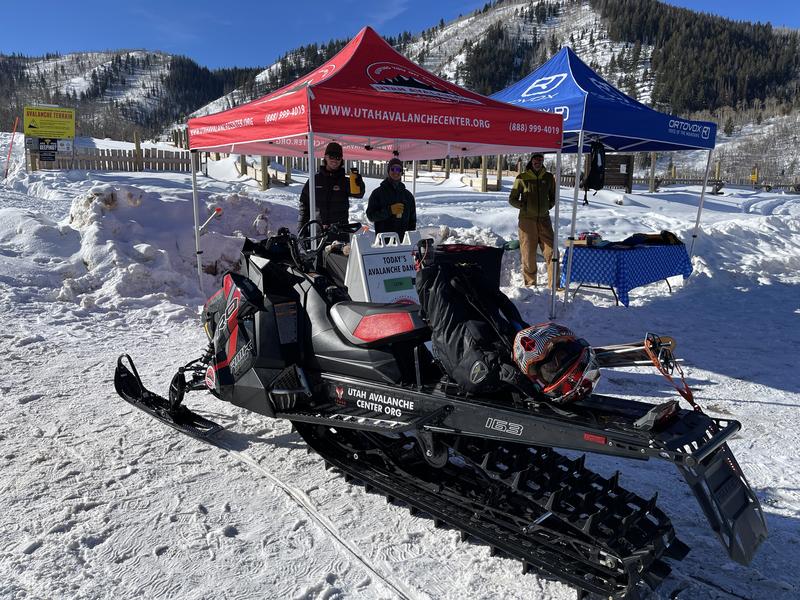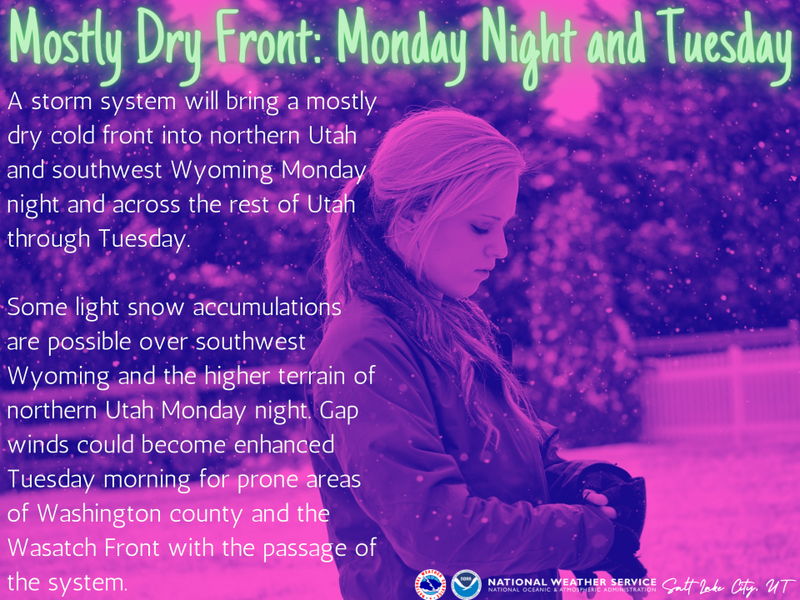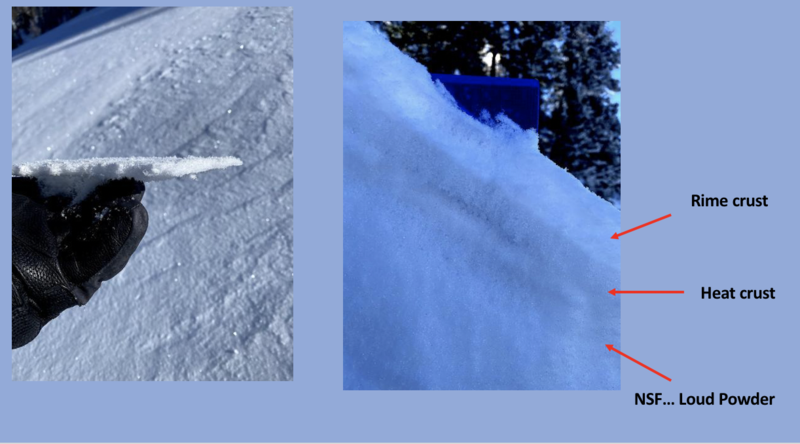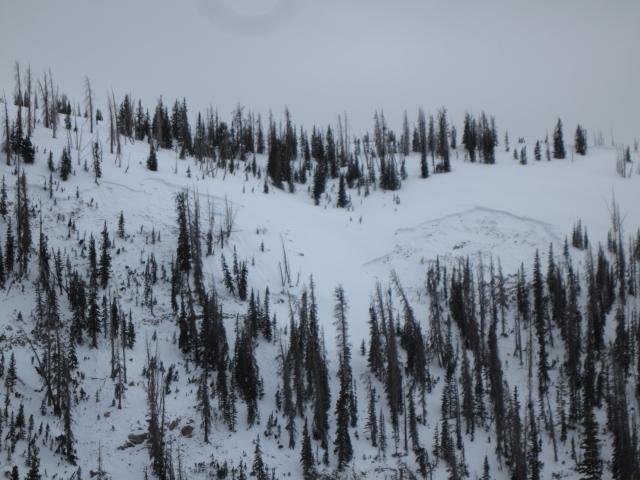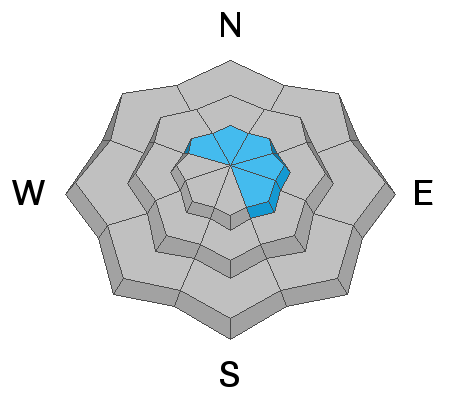Forecast for the Uintas Area Mountains

Issued by Craig Gordon on
Monday morning, January 24, 2022
Monday morning, January 24, 2022
In general, you'll find LOW avalanche danger throughout the range and human triggered avalanches are unlikely. Remember... LOW danger... ain't NO DANGER, so if you're getting into steep, technical terrain, think about your exit strategy beforehand and have a plan prior to sending a big, committing line.
Even though it's been a minute or two since our last significant storm, soft snow is still found on slopes sheltered from the sun and wind.
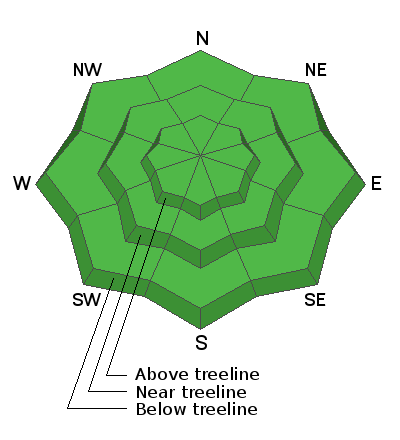
Low
Moderate
Considerable
High
Extreme
Learn how to read the forecast here


